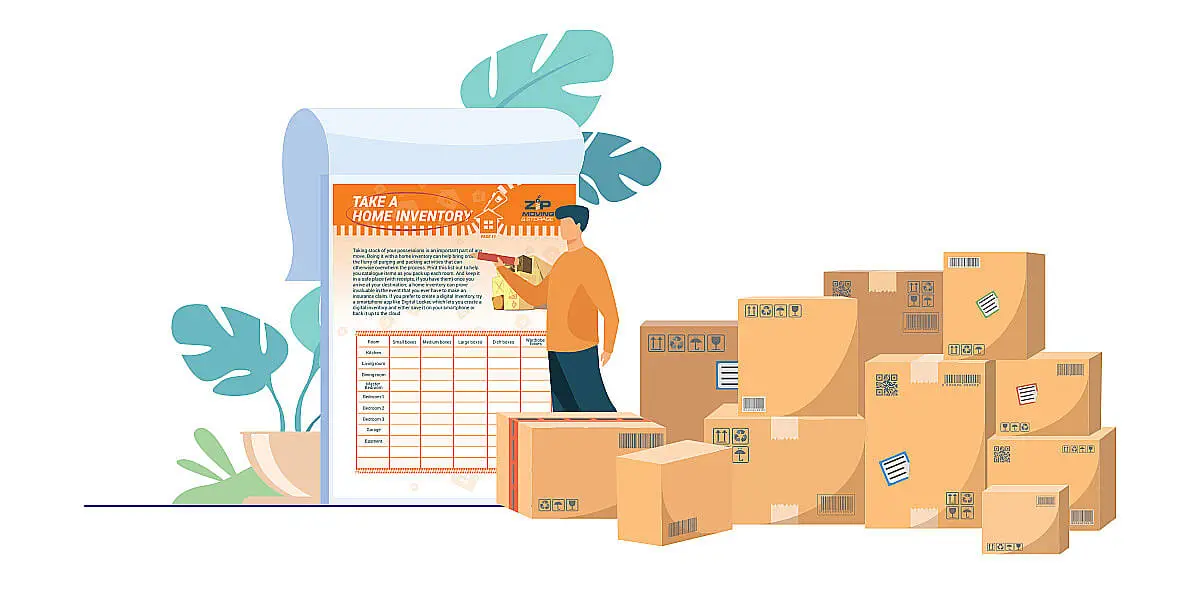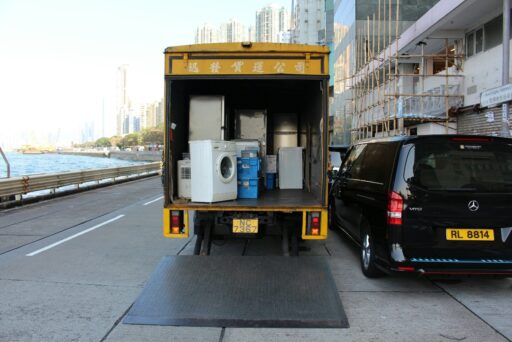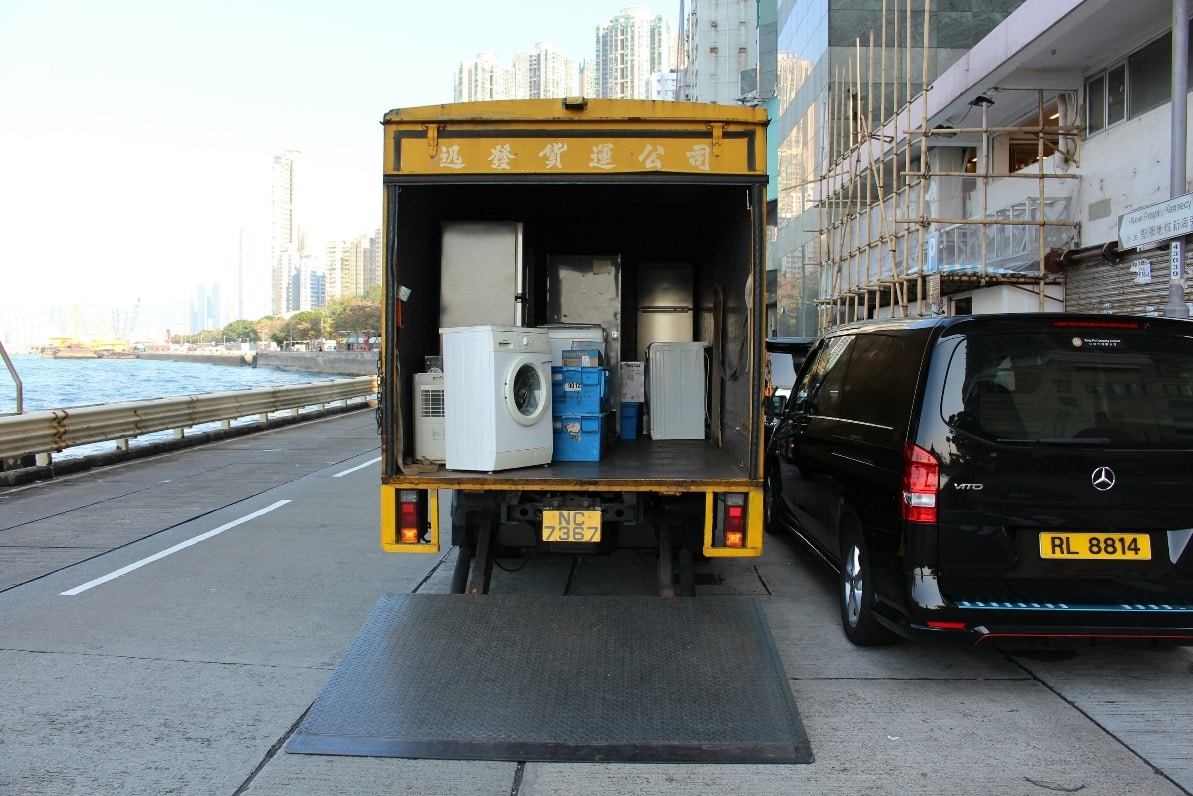Relocating can often feel like stepping into a whirlwind. Between organizing possessions, updating essential documents, coordinating with utility providers, and saying farewell to familiar surroundings, it’s easy to become overwhelmed. Amidst the logistical puzzle, emotions frequently run high.
Whether the move is for professional reasons, personal growth, or simply a change of scenery, the process demands strategic planning to avoid a meltdown. One way to restore order to the chaos is by developing a comprehensive relocation checklist that acts as both a map and a compass throughout the journey.
Creating a reliable relocation checklist is not merely about listing tasks. It involves breaking down every element of the move into manageable phases. This structure not only minimizes last-minute panic but also ensures that nothing important slips through the cracks.
With the right approach, the overwhelming task of relocation transforms into an organized, step-by-step process that aligns with timelines, budgets, and personal needs.
Planning the Foundation: Engaging the Right Help
One of the earliest steps in any successful relocation plan is determining what kind of assistance will be necessary. Depending on the scale of the move, professional help might be the wisest option. For those who prefer a hands-off approach to packing and transportation, hiring a local moving company can provide much-needed relief. These professionals offer expertise in handling delicate items, organizing space in transport vehicles, and navigating logistical barriers that arise during the moving day.
Decluttering and Categorizing: Prioritize What Matters
Once the decision to move has been made, the next logical step is to sort and declutter. This involves going through each room methodically to identify what needs to be taken along, what can be donated, and what should be discarded. A room-by-room approach works best, beginning with storage areas like basements, attics, or garages—places where unused or forgotten items often accumulate.
While this may seem time-consuming, decluttering early on can reduce the volume of items being transported, which in turn minimizes costs and simplifies packing. Once the clutter is cleared, items should be grouped into categories: essentials, valuables, everyday use, occasional use, and non-essentials.
Gathering Supplies and Creating a Labeling System
The importance of having the right supplies cannot be overstated. Collect sturdy boxes in various sizes, bubble wrap, packing paper, heavy-duty tape, zip ties, and markers. Specialty containers for fragile items such as dishes or electronics may also be necessary, depending on the inventory.
Establishing a labeling system is equally vital. Each box should be labeled with its contents and the room to which it belongs. A numbering system can further streamline the process, particularly if it corresponds with an inventory spreadsheet. This method not only assists during packing and loading but becomes invaluable when it’s time to unpack.
Timelines and Deadlines: Structuring the Move
Creating a timeline with specific deadlines ensures the entire process remains on track. The timeline should start at least two months in advance and include weekly goals. For instance, one week may be dedicated to decluttering, another to packing non-essentials, and yet another to updating legal documents or scheduling services.
Within the checklist, mark key dates such as utility disconnection, change-of-address submission, final walkthroughs, and moving day itself. Incorporating buffer time around each deadline can help account for unexpected delays.
Document Management and Address Updates

Another critical component of relocation is managing important documents and ensuring that address changes are handled in a timely manner. Gather all personal and legal documents—passports, licenses, social security cards, insurance policies, lease or mortgage papers—and store them in a single, easily accessible folder. This minimizes the risk of misplacement during the move.
Notifying relevant institutions of the address change is equally crucial. This includes banks, insurance providers, healthcare providers, subscription services, and governmental bodies. Failing to do so could result in missed bills, service lapses, or even identity-related complications.
Utility Coordination and Service Transfers
Well before the move, contact all utility companies to arrange for disconnection at the current address and reconnection at the new one. This includes electricity, water, gas, internet, cable, and trash collection services. Ideally, these should be scheduled to ensure minimal disruption—services should be disconnected after departure and operational before arrival at the new home.
Moving Day Preparedness: Final Walkthrough and Essentials Box
The relocation checklist should include a dedicated section for moving day itself. Begin with a final walkthrough of the current residence to ensure nothing is left behind. Check all cabinets, closets, and drawers. It’s common to overlook items tucked away in corners or behind doors.
Prepare an essentials box with items needed for the first day and night at the new location. This includes toiletries, chargers, basic kitchen supplies, snacks, a change of clothes, and medications. Having this box readily available avoids rummaging through sealed boxes after a long and tiring move.
Arrival and Settling In: Unpacking with Intention
Upon arrival, resist the urge to unpack everything in a rush. Begin with priority rooms such as the bedroom, bathroom, and kitchen. Focus on functional essentials before decorative items. A pre-labeled box system will make this phase smoother and more logical.
Use the checklist to guide the unpacking process by referencing inventory logs. Mark off each completed room or category to maintain a sense of accomplishment and control. This systematic approach reduces stress and ensures an efficient transition into the new environment.
Post-Move Adjustments and Reflections
A successful relocation doesn’t end the day the boxes arrive. The checklist should extend a week or two beyond the move to accommodate post-relocation tasks. These include registering for local services, exploring the neighborhood, setting up new routines, and possibly arranging for cleaning or maintenance services.
After settling in, take a moment to review the entire relocation experience. Identify what worked well and what could be improved for future moves. This reflection can be a valuable tool, especially if another move is expected down the road.
Relocating is never without its challenges, but a well-structured checklist transforms the experience from chaotic to controlled. It acts as a roadmap, offering clarity and reassurance at every stage of the process. When tailored thoughtfully and executed with discipline, a relocation checklist does more than organize boxes—it restores peace of mind, saves time, and ensures a smoother transition into a new chapter.


